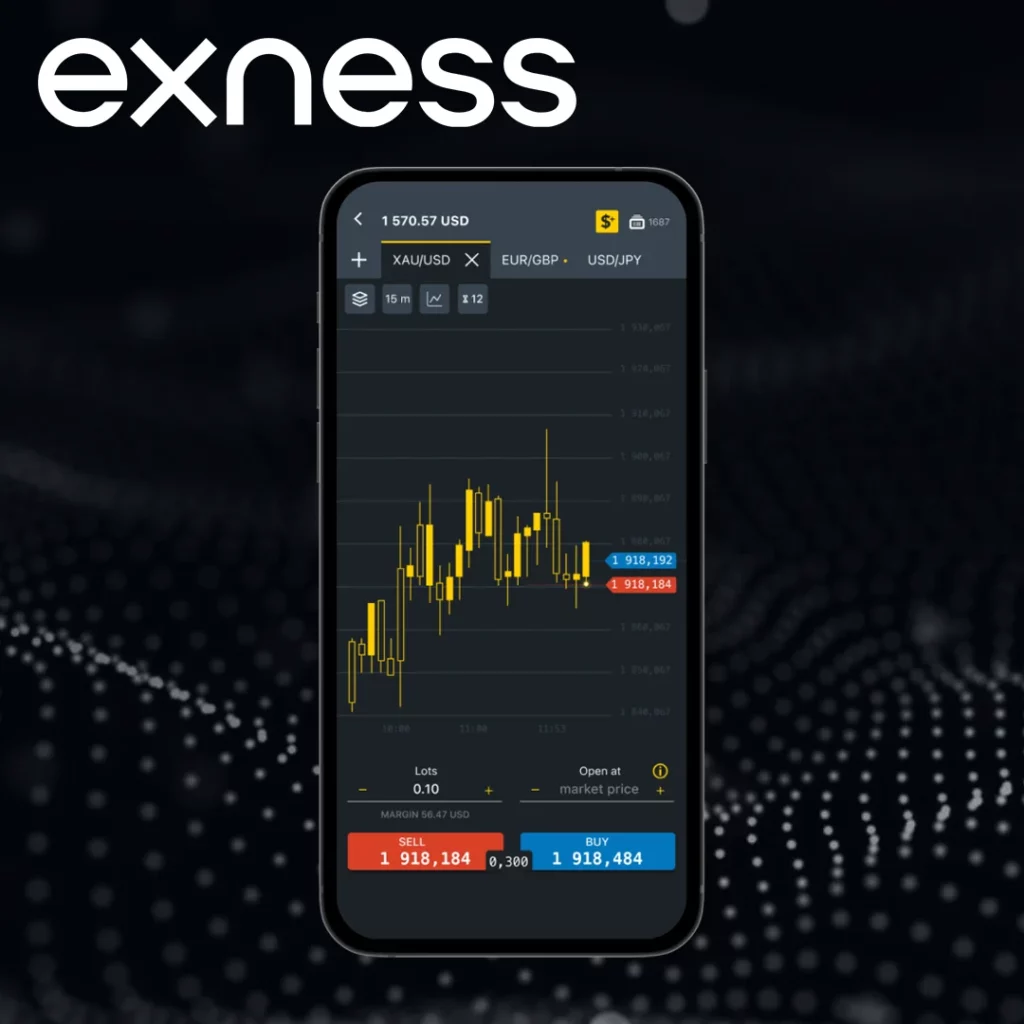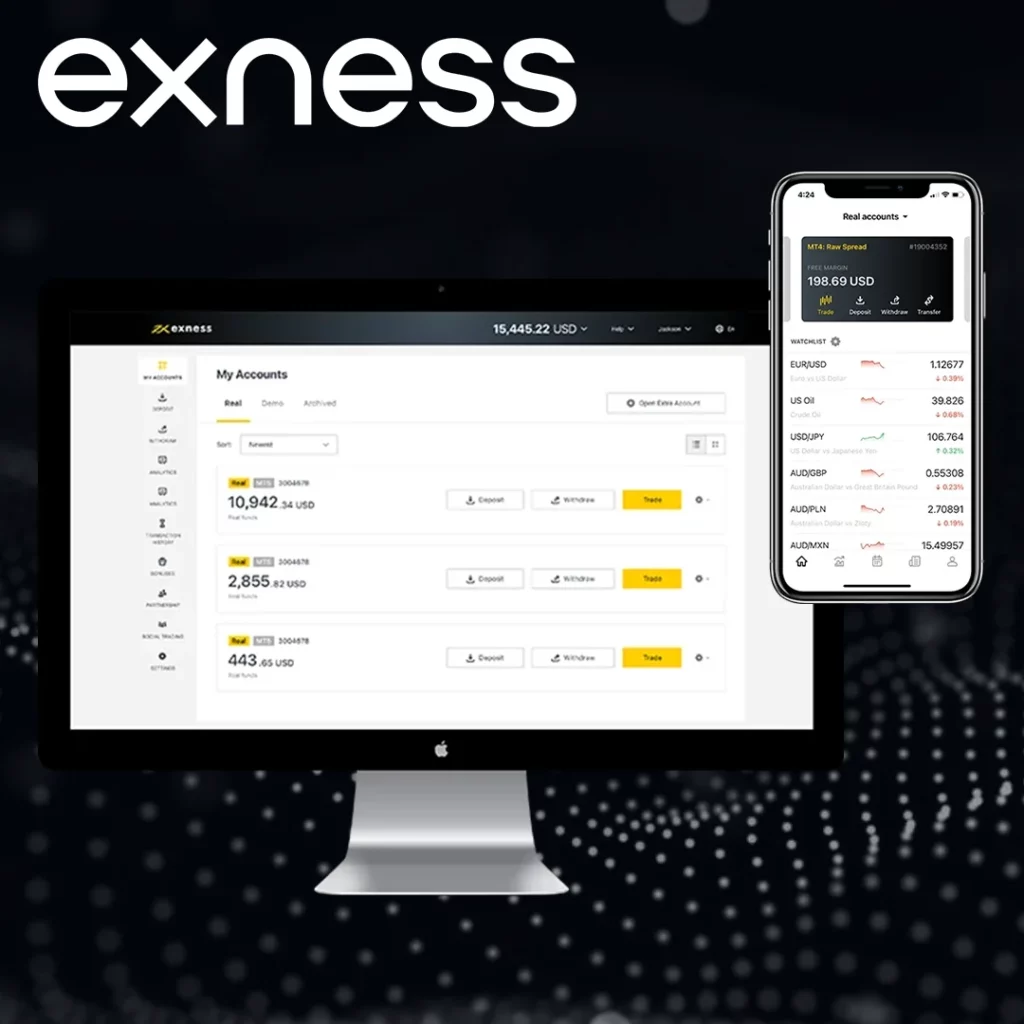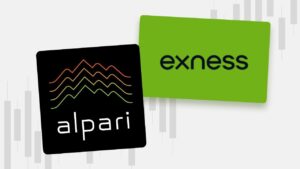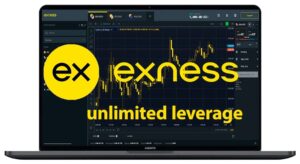Swap charges are a crucial element in trading, especially for those who hold positions overnight. These charges, or rollover fees, are applied when a position stays open after the market closes. Understanding how they are calculated, and how to manage them effectively, can make a big difference in a trader’s overall strategy and profitability. Traders at Exness, just like anywhere else, face the reality of swap charges, but there are ways to minimize their impact.
What Are Swap Charges?
Swap charges refer to the interest differential between two currencies in a pair, applied when a position is held open overnight. This fee can be either positive or negative, depending on the direction of the trade and the interest rate differences between the currencies involved. If you are holding a position for more than one trading day, you’re likely to encounter swap charges, and this can either add to your profit or become a cost.
Swap charges are not the same for all currency pairs, as the interest rate differentials vary widely. For example, trading EUR/USD might have different swap rates than trading GBP/JPY due to the differences in interest rates set by the European Central Bank and the Bank of England, or the US Federal Reserve and the Bank of Japan. These charges can either add to your profits or drain them, so it’s important to be aware of their impact.
Key points about swap charges:
- Applied daily: Swap charges are typically calculated at the end of each trading day.
- Vary by currency pair: Each currency pair has its own unique swap rate.
- Impact of position direction: Whether you’re buying or selling a pair influences whether the swap will be positive or negative.

How Exness Calculates Swap Charges
Exness calculates swap charges using a formula that factors in several key elements. Understanding these factors is crucial for traders, as it allows them to anticipate potential costs and make informed decisions. The most significant factors influencing swap charges include the interest rate differentials between two currencies, the direction of the position, and the liquidity in the markets.
Exness uses its own proprietary system to calculate swap rates, ensuring that clients are aware of any additional costs. The company works to provide transparent pricing on its platform, which means traders can access the most up-to-date information regarding swap rates at any time. It’s crucial to note that swap rates can fluctuate depending on market conditions and central bank policy changes, making it essential to keep track of economic news.
| Factor | Description |
| Interest Rate | Difference in interest rates between the two currencies. |
| Position Type | Buy or Sell position: affects whether the swap is positive or negative. |
| Market Liquidity | Higher liquidity often leads to lower swap charges. |
| Economic Events | Central bank policies, such as rate hikes, affect swap rates. |
Swap Charge Calculation Example: Imagine you are trading the EUR/USD pair. If the U.S. Federal Reserve has a higher interest rate than the European Central Bank, and you are buying EUR/USD, you will likely pay a negative swap charge, as you’re borrowing at a higher rate than you’re lending. On the other hand, if you were selling EUR/USD, the swap charge could be positive because you are borrowing euros at a lower interest rate.
Why Swap Charges Matter

For many traders, swap charges are an important part of their trading costs, particularly for those who hold positions for extended periods. Over time, these charges can accumulate and significantly impact profitability. For short-term traders, swap charges may be less of a concern, but for those using strategies such as carry trading, where positions are held for longer periods, the effect of swap charges can be substantial.
The effect of swap charges is often overlooked, but traders should be aware of them, as they can turn what might seem like a profitable trade into a losing one. Furthermore, swap rates are not static; they can change daily, meaning the cost of holding positions overnight is unpredictable. Traders need to remain vigilant about monitoring these charges and adjusting their strategies accordingly.
Impact of swap charges:
- Long-Term Effect: Swap charges add up when positions are held for multiple days.
- Carry Trading: Traders who use carry trades (borrowing in low-interest-rate currencies and investing in high-interest-rate currencies) are particularly sensitive to swap rates.
- Cost vs. Reward: Swap charges can eat into profits, making it harder to achieve consistent gains.
Minimizing Swap Charges
While swap charges can never be entirely avoided, there are several ways traders can minimize their impact. By carefully selecting trading strategies, choosing the right accounts, and staying informed about market trends, traders can significantly reduce the cost of swaps. Exness offers a range of tools that make this easier for traders.
| Strategy | Description |
| Swap-Free Accounts | Eliminate swap charges entirely by opting for a swap-free account. |
| Close Positions Early | Close trades before the market closes to avoid overnight swaps. |
| Trade Major Pairs | Focus on high liquidity pairs like EUR/USD, which generally have lower swap rates. |
| Stay Informed on Rates | Track central bank announcements to predict changes in swap rates. |
| Adjust Position Sizes | Smaller trades mean lower swap charges. |
Use Swap-Free Accounts
Exness provides swap-free accounts for clients who are unable to participate in swap transactions due to religious reasons. These accounts come with a different fee structure that avoids swap charges altogether. However, it’s important to be aware that while swaps are avoided, other fees may apply.
Close Positions Before the End of the Trading Day
Swap charges only apply to positions held overnight. By closing positions before the end of the trading day, traders can avoid swap charges. For day traders or scalpers, this strategy is particularly useful, as they aim to take advantage of short-term market movements without worrying about overnight fees.

Choose Currency Pairs with Lower Swap Rates
Certain currency pairs tend to have lower swap charges due to the stability and liquidity of the currencies involved. For example, major pairs like EUR/USD and GBP/USD generally have lower swap charges compared to more exotic pairs. Choosing these pairs can reduce overall swap costs.
Monitor Economic Events and Interest Rate Changes
Since swap rates are closely tied to interest rate differentials, traders who stay informed about central bank decisions and macroeconomic trends can better anticipate potential changes in swap rates. Keeping an eye on interest rate announcements from major central banks, such as the U.S. Federal Reserve or the European Central Bank, can provide insight into future swap charges.
Reduce Position Sizes
The larger the position, the larger the potential swap charge. Traders can minimize swap charges by trading smaller positions. By scaling down position sizes, traders can significantly reduce their exposure to swap costs.

Avoiding Swap Charges through Exness Features
Exness offers a variety of tools and account types designed to help traders manage swap charges effectively. Whether through customized account conditions or swap-free options, traders have a range of choices for minimizing these costs.
Exness features to help minimize swap charge:
- Swap-Free Accounts: Ideal for those who want to avoid swap charges due to religious reasons.
- Customizable Trading Conditions: Exness offers a level of customization that allows traders to set their own parameters, potentially reducing swap charges.
- Real-Time Swap Rate Information: Exness provides real-time data on swap charges for all pairs, making it easier for traders to make informed decisions.
Conclusion
Swap charges are an unavoidable part of trading, but they don’t have to significantly affect your profitability. By understanding how they’re calculated and using strategies to manage them effectively, traders can minimize their impact. Whether through swap-free accounts, choosing favorable pairs, or staying informed about market changes, there are many ways to control swap charges.
Exness provides its clients with the tools and flexibility needed to stay on top of these charges and optimize trading costs. Traders who take the time to understand swap rates and adjust their strategies accordingly will be better equipped to protect their profits and trade more effectively.

Trade with a trusted broker Exness today
See for yourself why Exness is the broker of choice for over 800,000 traders and 64,000 partners.
FAQs
What are swap charges in trading?
Swap charges are interest fees applied when a position is held overnight. These charges depend on the interest rate differential between the two currencies in a pair.



